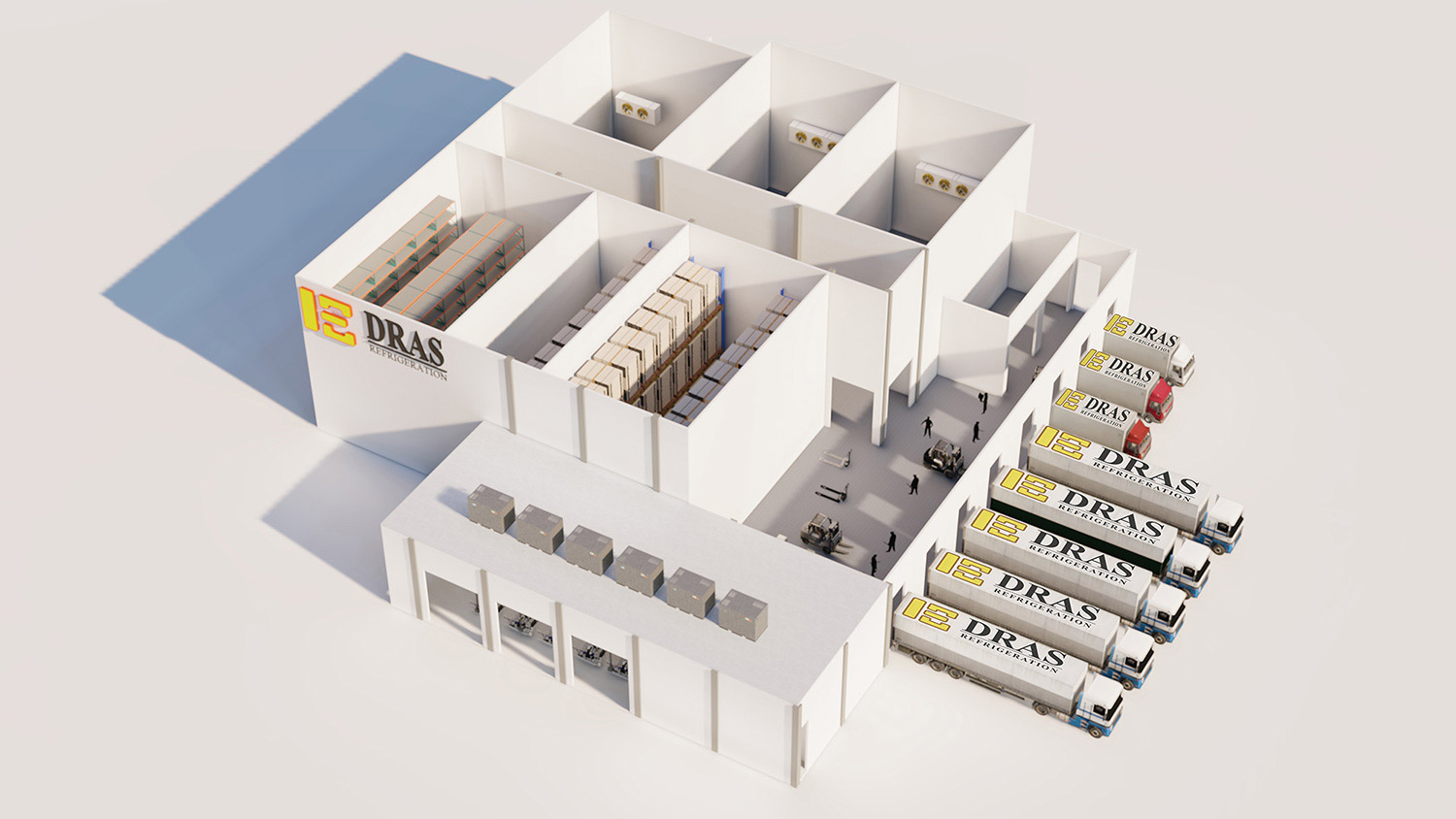Let’s help you!
Seksyen 7, Taman Perindustrian
Meranti Utama, 47120 Puchong,
Selangor
Call Us: +(60)3-8066 8130
+(60)3-8066 8129
dras@dras.com.my
Ammonia
Ammonia is a chemical consisting of one atom of nitrogen and three atoms of hydrogen. It is designated in chemical notation as NH3. Ammonia is extremely soluble in water and is frequently used as a water solution called aqua ammonia. Ammonia chemically combines with water to form ammonium hydroxide. Household ammonia is a diluted water solution containing 5 to 10 percent ammonia. On the other hand, anhydrous ammonia is essentially pure (over 99 percent) ammonia. "Anhydrous" is a Greek word meaning "without water;" therefore, anhydrous ammonia in ammonia without water.
Refrigerant grade anhydrous ammonia is a clear, colorless liquid or gas, free from visible impurities. It is at least 99.95 percent pure ammonia. Water cannot have a content above 33 parts per million (ppm) and oil cannot have a content above 2 ppm. Preserving the purity of the ammonia is essential to ensure proper function of the refrigeration system.
Anhydrous ammonia is a clear liquid that boils at a temperature of -28°F. In refrigeration systems, the liquid is stored in closed containers under pressure. When the pressure is released, the liquid evaporates rapidly, generally forming an invisible vapor or gas. The rapid evaporation causes the temperature of the liquid to drop until it reaches the normal boiling point of -28°F, a similar effect occurs when water evaporates off the skin, thus cooling it. This is why ammonia is used in refrigeration systems.
Liquid anhydrous ammonia weighs less than water. About eight gallons of ammonia weighs the same as five gallons of water.
Ammonia has a number of benefits, which has been proven by many decades of application of ammonia refrigeration systems.
1. Energy efficiency
Ammonia is one of the most efficient applications out there, with the application range from high to low temperatures. With the increasing focus on energy consumption, ammonia systems are a safe and sustainable choice for the future. Typically, a flooded ammonia system would be 15-20 % more efficient than a DX R404A counterpart. Recent developments of NH3 and CO2 combination contributed to increase the efficiency further. NH3/CO2 cascaded is extremely efficient for low and very low temperature applications (below -40’C), while NH3/CO2 brine systems are around 20% more efficient than traditional brines
2. Environment
Ammonia is the most environmentally friendly refrigerant. It belongs to the group of so called “natural” refrigerants, and it has both GWP (Global Warming Potential) and ODP (Ozone Depletion Potential) equal to zero.
3. Safety
Ammonia is a toxic refrigerant, and it is also flammable at certain concentrations. That is why it has to be handled with care, and all ammonia systems have to be designed with safety in mind. At the same time, unlike most other refrigerants, it has a characteristic odor that can be detected by humans even at very low concentrations. That gives a warning sign even in case of minor ammonia leakages. In case it is necessary to reduce ammonia charge, combination of ammonia and CO2 (as cascade or as brine) could be a good and efficient option.
4. Smaller pipe sizes
In both vapor and liquid phase ammonia requires smaller pipe diameters than most chemical refrigerants.
5. Better heat transfer
Ammonia has better heat transfer properties than most of chemical refrigerants and therefore allow for the use of equipment with a smaller heat transfer area. Thereby plant construction cost will be lower. But as these properties also benefit the thermodynamic efficiency in the system, it also reduces the operating costs of the system.
6. Refrigerant price
In many countries the cost of ammonia (per kg) is considerably lower than the cost of HFCs. This advantage is even multiplied by the fact that ammonia has a lower density in liquid phase. Furthermore, as any leakage of ammonia will be detected very quickly due to the odor, hence any potential loss of refrigerant will also be lower.
Ammonia is not a universal refrigerant, and mainly suitable for industrial and heavy commercial applications. Ammonia’s toxicity, flammability and material compatibility have to be taken in to account. At the same time, there is a huge global population of ammonia systems where those challenges are successfully dealt with.
